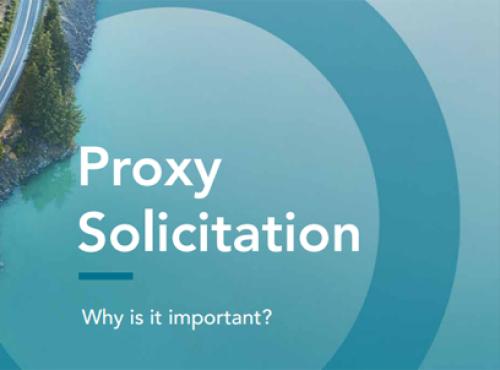South East Asia’s IPO market has picked up steam in 2021 despite the ongoing impact of the Covid-19 pandemic. The region saw $9.5 bn raised in the first nine months of the year, more than 50 percent up on last year’s figure and the highest total since 2012, according to data firm Refinitiv.
Proceeds have been driven by a few mega-deals rather than high volumes. At the end of the third quarter, the top four listings accounted for 59 percent of total funds raised, says Refinitiv. IPO numbers, meanwhile, are roughly flat compared with last year.
Companies going public have had to contend with continuing restrictions on travel and meetings as a result of the pandemic. Some have also experienced heavy retail interest, given the high-profile nature of their brand and local market rules that encourage participation from ordinary investors. Below, we check in with the teams behind two of the year’s biggest IPOs to find out how they pulled them off.
Monde Nissin
‘The advisers on the deal were nervous people wouldn’t show up,’ says David Nicol, chief strategy officer at Monde Nissin. When the Philippine food and beverage company went public in early 2021, it approached the IPO roadshow in a non-traditional way.
Rather than conduct a series of one-on-one presentations – a process Nicol describes as ‘ghastly’ – the company held three big events across different time zones with all professional investors invited. After that, every subsequent meeting was Q&A only. ‘Our chief executive, who’s a very visionary sort of guy anyway, said, Let’s just do this differently,’ says Nicol.
The company attracted significant interest from global funds due to the combination of its market-leading noodles and biscuit brands in the Asia-Pacific region and ownership of Quorn Foods, a major player in the fast-growing meat-alternative industry. Following an intense IPO process squeezed into a couple of months, Monde Nissin went public on the Philippine Stock Exchange on June 1, raising P48.6 bn ($1.1 bn) in the country’s largest ever listing.
Nicol says more than 175 people came to the first and second roadshow events, with the numbers dropping off a bit for the third. ‘Everybody got the spiel from the get-go, and we only had to deliver it three times live,’ he says.
‘We were able to insist that every subsequent meeting was Q&A only. I would say more than 90 percent of the meetings worked. There were one or two where it was clear someone hadn’t followed the guidance. Then we had to regroup. But we had a short version of the presentation to help us through that.’
Video versions of the presentations were uploaded to the NetRoadshow website, too. Nicol says that if there was anything he could change about the IPO in hindsight, it would be that the performances in the videos were less wooden. ‘What we learnt is that we’re not actors for good reason,’ he says.
Intense schedule
Of course, Monde Nissin’s IPO roadshow was never going to be completely traditional in nature given the need to run meetings virtually in the Covid-19 environment. Anecdotally, IR Magazine has heard numerous accounts that virtual IPO roadshows are a big hit with management teams. Executives can efficiently deliver meetings from home, shortening the IPO window and cutting out exhausting global travel.
But in Monde Nissin’s case, the virtual process still felt very intense. ‘With Zoom, people have a tendency to allow zero time between meetings,’ explains Michael Paska, director of corporate business development at the firm.
‘We started at 8.30 am and probably finished around 11.00 pm, and it was pretty much non-stop for several weeks. It was a very efficient way of meeting and talking to people but, at the same time, there was an intensity to it you might not have had if you were physically putting space between different meetings and traveling in different cities.’
Another factor the company had to manage was the heavy involvement of retail investors in the IPO. Under Philippine listing rules, at least 10 percent of shares must be offered to small local investors.
The company held additional live events for the retail market. ‘I prepared a different presentation for that because you’re pitching to a different audience,’ says Nicol. ‘If you’re pitching to some global giant investor that’s going to put a couple of million dollars into your firm, it’s taking a very long-term bet. The retail market is interested but not quite on the same timescale.’
This is an extract of an article that was published in the Winter 2021 issue of IR Magazine. Click here to read the full article.










